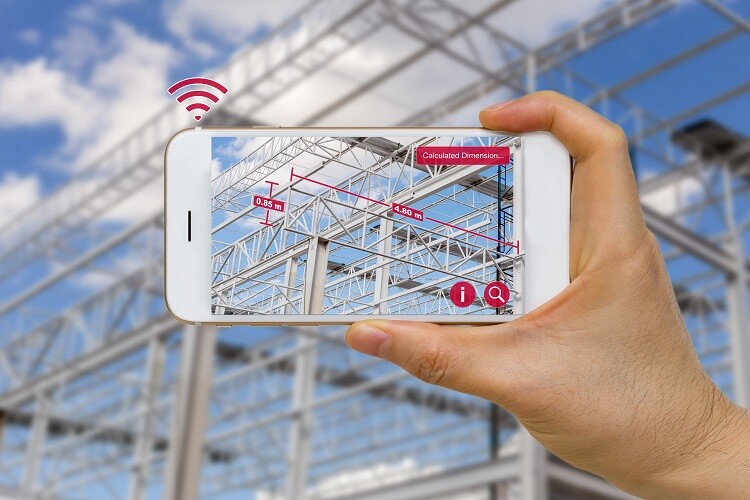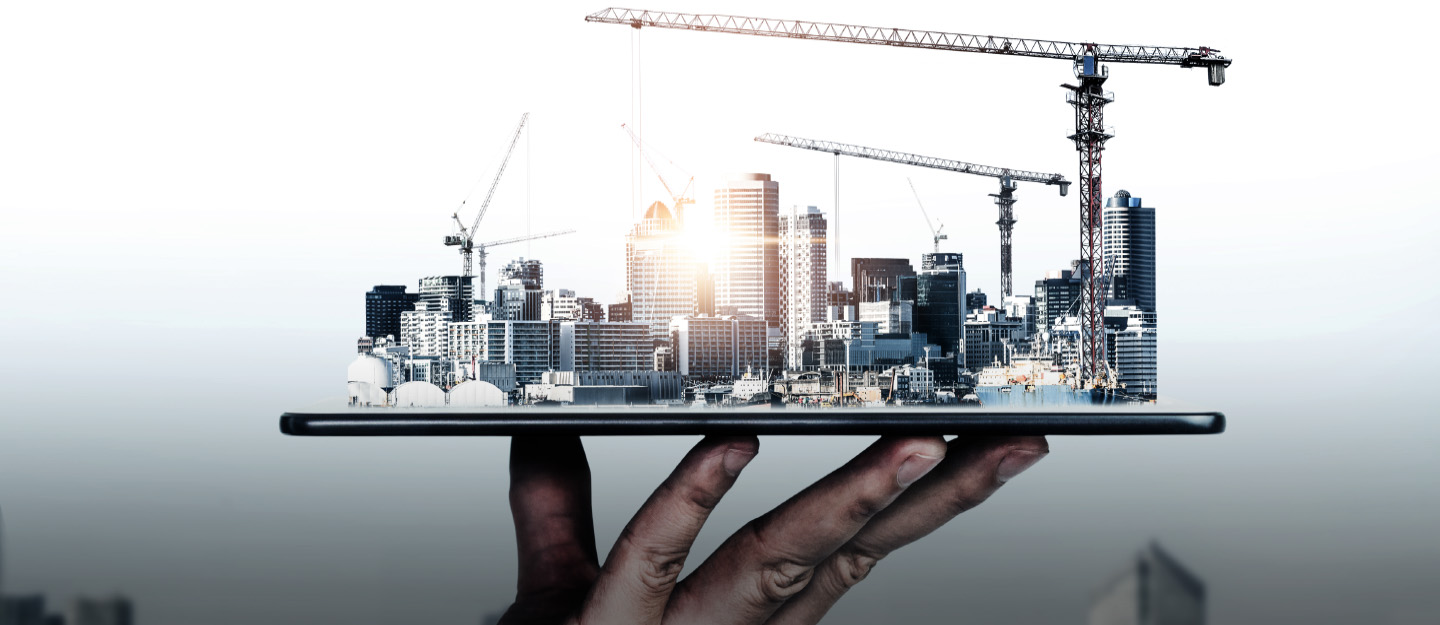Renewable energy is becoming a hot topic of discussion worldwide. With concerns such as global warming and climate change, people are resorting to environment-friendly solutions. And this shift in approach is the need of the hour. The alarming increase in pollution, water shortage, and increasing energy bills have geared people to go the “green-way”. The use of renewable energy as a substitute for fossil fuels is becoming increasingly popular. Environmentalists in every country are identifying the natural resource that can best cater to their energy needs. For the Indian subcontinent, solar energy can do this job. The land in India receives 5,000 kWh per year of energy across 300 days of sunlight. Thus, the country has abundant potential to explore solar as an alternative to conventional fuels.
The Need For Sustainable Building Designs
There are multiple reasons why a building should be designed for sustainability. For one, material wastage is immense due to site mishandling. Similarly, waste disposal on site is also not a well-planned activity. Contemporary construction materials are often non-renewable and are toxic in nature due to which they cannot be recycled. Many of these materials are not even locally available and are imported from across the world, thereby increasing the construction time and cost. But, of all these, the primary reason to adopt sustainability is to meet the tremendous energy/power required to construct and run a building.
A building needs energy at all stages – from pre-construction to handover, and even after. A fully-built structure also needs the energy to support its equipment, machinery and brighten up its interiors. Thus, buildings require a generous flow of energy to keep them up and functional.
A United States Green Building Council (USGBC) research states that 40% of the world’s energy consumption is done by the construction industry meaning there is a significant need for the AEC industry to explore sustainable building designs and construction methodologies.
Even Burj Khalifa, the world’s tallest building, meets its high-energy demands through solar panels. The installed solar panels help save 3.200 KW of energy each day which is then used to heat 14,000 litres of daily use water for the building occupants.
How Is India Leveraging This Opportunity?
The Ministry of Renewable Energy in India undertakes the research and development of renewable energy sources such as solar, wind, hydro, and biogas. They have launched various schemes to generate the country’s interest, especially for harnessing solar energy. One such scheme is the Jawaharlal Nehru National Solar Mission. Its mission is to establish India’s global leadership in using solar power by deploying 1,00,000 MW grid-connected solar power by 2022.

Image Source : ArchDaily
Another ambitious policy of the government is the Solar Energy Subsidy Scheme which makes a person eligible for a subsidy if they have installed solar panels on the rooftop. The benefits of this scheme have encouraged the switch to solar. The biggest upside of the policy is that it helps to cut down the electricity bill and reduces dependency on the grid for power.
How To Plan A Building That Uses Solar Energy
While planning for a solar system, it is necessary to establish the ground rules. The first one being there needs to be enough space to fix the solar panels. The second rule is to place the panels at an inclination suited for the sun angulation at your site. The third rule is to decide whether you are opting for an off-grid or an on-grid solar system. The on-grid system means that your solar system is connected to the local supplier’s grid. While the off-grid system means that your solar system is your own grid, which makes your site self-sufficient.
The solar panels can be placed anywhere on the site including the building roof. Although they look aesthetically unappealing, using building terraces is a viable solution for urbanscapes where land cover is limited. Many architects shy away from the idea of using the terrace for panels because it is the only open area on upper levels that can be used to plan for recreation. This has urged Solar Panel Designers to be more creative and design aesthetically appealing panels. In this case, the building itself is converted into a giant solar harnessing machine and this approach is termed Building Integrated Solar Power (BIPV).
Today, designers are installing solar panels on the building facade. Crystalline silicon panels which are originally blue and black in colour are placed on the facade. Designers play with the thickness of these panels to give the illusion of various other colours which makes the facade look interesting.
A material that is popularly used nowadays to harness solar energy on rooftops is solar shingles. These are essentially photovoltaic tiles that are the shape and size of a regular floor tile. They provide similar structural stability and weatherproofing as the conventional tile. The upside to solar shingles is that they can harness the sun’s energy and generate electricity from it. You can pattern a nice combination of regular and solar tiles to cover your terrace flooring as per your energy needs.

Image Source : Fast Company
The only constraint in both cases is the panel angulation. Whether the roof is flat or sloping, you will have to consider that the solar power you harness will be less if the panel is not rightly angled. So, in the case of projects with a higher environmental impact, it is advisable to prioritize the panel tilts overbuilding elevation.
While there are many advantages to accepting solar energy as the fuel of the future, the only downside is its initial cost of installation. The price of having a solar grid is twice as much as a conventional grid. But in the long run, solar power proves to be the pocket-friendly option.
There is immense scope for India to explore the power of solar with its favorable climate conditions. The use of solar energy in significant public buildings can help spread awareness about the importance of renewable energy. It can help begin a movement to have conscious building designs that care for the environment by promoting sustainability.
Sources:
- What are the Solar Schemes in India? – Amplus Solar
- Solar City? Turning Buildings Into Power Plants (forbes.com)
- 5 Famous Buildings that Use Solar Power (purepointenergy.com)
- How Efficient are Solar Energy Technologies for Buildings – DEXMA
- The ‘solar canals’ making smart use of India’s space – BBC Future
Disclaimer: The information contained herein have been compiled or arrived at, based upon information obtained in good faith from sources believed to be reliable. The opinions expressed within the content are solely the author’s and can be subject to change. The image featured in this article is only for illustration purposes. If you wish the article to be removed or edited, please send an email to editor@biltrax.com
Discover more from Biltrax Media, A Biltrax Group venture
Subscribe to get the latest posts sent to your email.






















